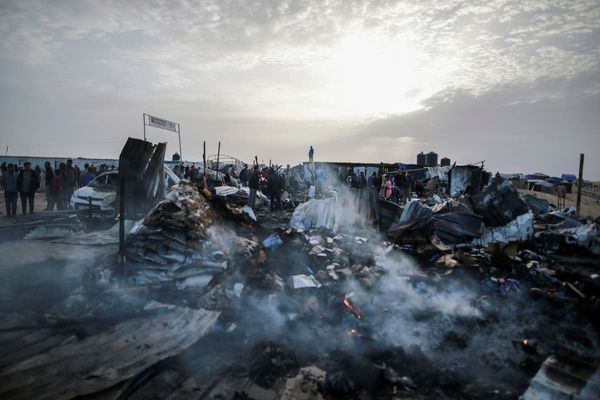
The annual release of offshore petroleum acreage by the federal government announced yesterday isn’t just another opportunity for fossil fuel companies to tap into carbon emissions during a climate crisis — it represents the latest part of a very long-term gift from the government to fossil fuel companies.
Every year, the government releases new offshore areas that fossil fuel companies can bid to explore. They can also nominate to the government what areas they’d like to see made available.
How do they know where to look, and what might be lurking in the ocean bed around Australia’s truly vast maritime economic zone? The good folk of Geoscience Australia have a Petroleum Data Repository where fossil fuel companies can search the results of seismic and other surveys going back decades that have determined underwater terrain and the composition of the sea bed, which can inform them of where to most efficiently explore for oil and gas. Fossil fuel companies pay a token fee to access the data.
Who created all this data? The government, courtesy of decades of expensive mapping under programs like the Continental Margins Program, approved in 1983 by the Hawke government. This was a very expensive program using highly specialised equipment and highly skilled engineers. And who paid for it?
As Clinton Fernandes outlined in his book Island Off the Coast of Asia: Instruments of Statecraft in Australian Foreign Policy, there was considerable dispute about that. The Bureau of Mineral Resources — Geoscience Australia — wanted to give the information away virtually for free despite the significant cost to the government, with industry paying just 5% of the cost.
But Treasury demanded to know why fossil fuel companies shouldn’t be undertaking this sort of mapping themselves given they were the ones who stood to benefit from the information — or paying for the information via “a much more substantial level of cost recovery”. The Department of Finance agreed, saying a “level of cost recovery well in excess of 5% of program costs” was needed.
But DFAT, never ones to miss a chance to miss the national interest, argued for making the information free. Fernandes shows how the Hawke cabinet decided that the interests of fossil fuel companies were paramount — the government needed to reduce the risk to those companies, and those companies were unwilling to invest in basic research to identify areas to be efficiently explored. Too expensive and too risky for them, they claimed.
The result? Taxpayers bore all the risk, and paid for the mapping, and fossil fuel companies then simply took the benefits for free. It’s a rip-off that continues to this very day.
When you factor in how companies like Woodside, Santos, Origin, Shell and Chevron pay minimal tax and no PRRT [petroleum resource rent tax] while they enjoy billions in profits from gas exports, it really is the case that, as Gough Whitlam once described it, Australia is “paying to be exploited”.







